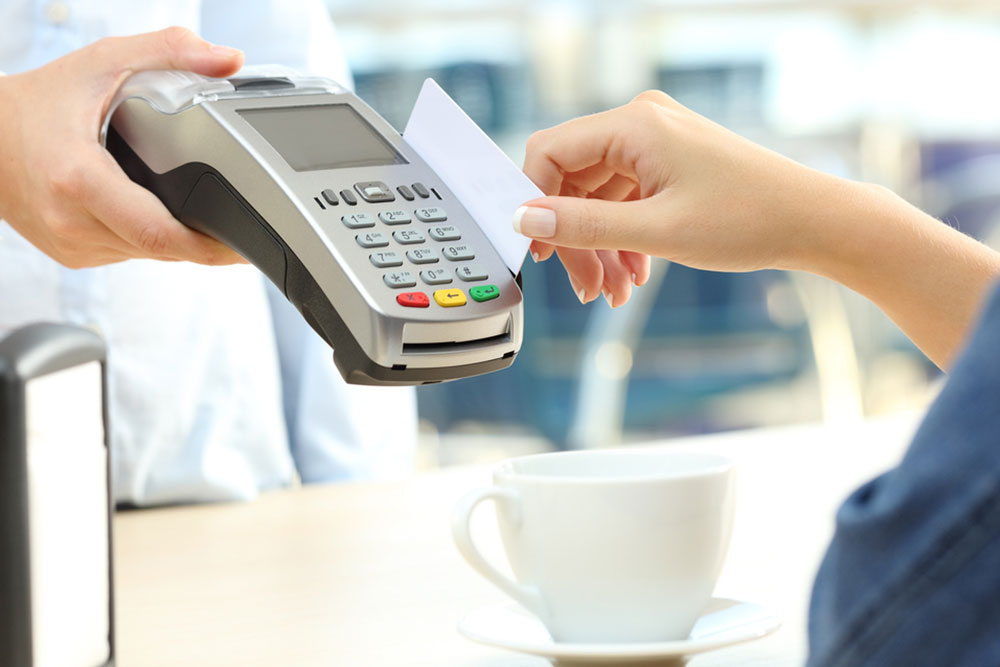Comprehensive Guide to Opening a Secure Online Checking Account in 2024
This comprehensive guide explores the essentials of opening a secure online checking account in 2024, detailing required documents, benefits, and key distinctions between checking and savings accounts. Learn how to navigate the digital banking landscape with confidence, ensuring your finances are accessible, secure, and tailored to your needs for efficient money management at any time.

Complete Step-by-Step Guide to Setting Up Your Digital Checking Account
In today’s digital era, having an online checking account is not just a convenience but often a necessity for managing personal finances efficiently. As banking increasingly shifts to virtual platforms, understanding how to open, operate, and maximize online checking accounts becomes crucial for consumers seeking seamless financial management. Whether you're new to online banking or looking to switch from traditional banks, this comprehensive guide will walk you through essential information to help you make informed decisions and navigate the digital banking landscape confidently.
What Are the Required Documents and Information for Opening an Online Checking Account?
When applying to open an online checking account, you will need to prepare certain documents and provide specific personal information. These requirements are designed to verify your identity, ensure security, and comply with federal regulations. Here is a detailed overview of typical documentation and information needed:
Personal Identification — To verify your identity, banks require your Social Security Number (SSN) or Taxpayer Identification Number (TIN). In addition, a government-issued ID, such as a valid driver’s license or passport, showing issue and expiration dates, is necessary to confirm your identity and prevent fraudulent activities.
Contact Details and Address — You must provide accurate contact information, including your physical mailing address, phone number, and email address. Federal law mandates a physical address for all banking accounts, even if the account is managed online. This is essential for account verification and legal compliance.
Initial Funding Deposit — Most banks require an initial deposit to activate your online checking account. This deposit can be made via a linked debit or credit card, or by transferring funds from another bank account. The amount varies by bank, ranging from as low as $25 to several hundred dollars.
During the application process, you will typically complete digital forms that collect your personal information and agree to legal terms electronically. Some banks may also send a physical welcome kit or checkbook by mail for verification purposes, which might require signatures or additional identification scanning. Once approved, you'll gain immediate access to your account through secure online platforms or mobile apps.
Key Benefits of Opening an Online Checking Account
**Unmatched Convenience:** Manage your finances from anywhere at any time. Check your balances, transfer funds, pay bills, and monitor transactions with just a few clicks or taps on your device.
**Mobile Banking Apps:** Most online checking accounts come with dedicated apps for smartphones, allowing features like mobile check deposits via camera, instant alerts, and effortless transaction tracking.
**Reward Programs and Incentives:** Several online banks offer rewards such as cash back for qualifying debit card transactions, referral bonuses, or interest on certain account types, adding extra value to your banking experience.
**24/7 Accessibility and Customer Support:** Unlike traditional brick-and-mortar banks with limited hours, online accounts are accessible 24/7. Customer service support is often available via chat, email, or phone, ensuring help whenever you need it.
Distinguishing Between Savings Accounts and Checking Accounts
Understanding the differences between these types of accounts can help you choose the right financial tools to meet your goals:
**Transaction Limits:** Checking accounts generally allow unlimited withdrawals and transactions, making them ideal for daily expenses. Savings accounts often restrict transfers to 3-6 per month to encourage saving discipline.
**Primary Use:** Checking accounts are designed for everyday transactions, such as shopping, bill payments, and ATM withdrawals. Savings accounts serve as repositories for long-term savings, offering interest earnings and low accessibility constraints.
**Interest Rates:** While checking accounts might earn minimal or no interest, savings accounts usually accrue interest, which varies depending on the bank and account type. Some banks offer high-yield savings accounts with significantly better rates.
**Features and Access:** Checking accounts come with debit cards, checkbooks, mobile payment options, and online bill pay features. Savings accounts often lack these features but are suitable for growing your savings without the temptation of frequent withdrawals.
By understanding these key differences and benefits, consumers can select the online banking solutions that best fit their financial lifestyles and goals, ensuring efficient, secure, and rewarding banking experiences in the digital age.





